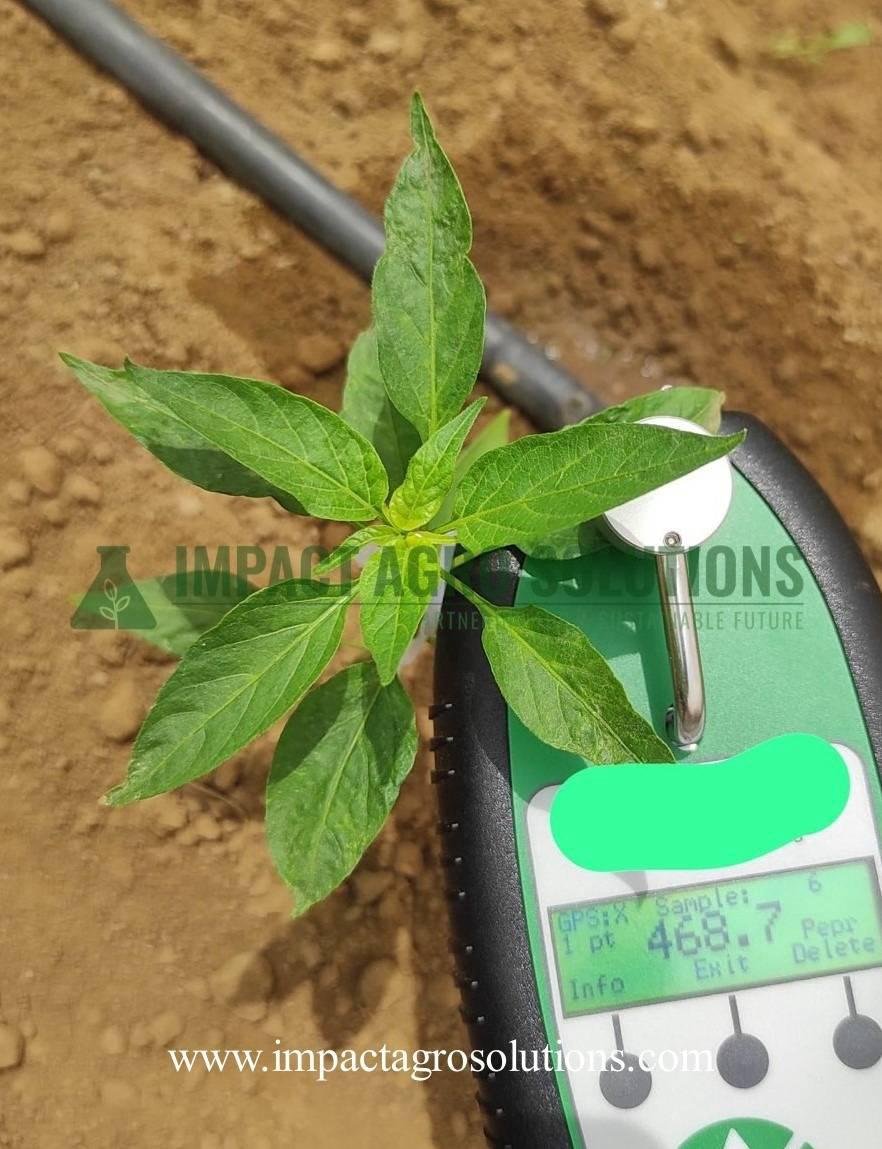“Importance of Chlorophyll for Plant Health”
Chlorophyll is the green pigment found in plants that plays a crucial role in photosynthesis, the process by which plants convert light energy into chemical energy. This energy is essential for the growth and development of plants, as it powers the synthesis of organic compounds necessary for life.
Why is Chlorophyll Important?
- Photosynthesis: Chlorophyll absorbs light most efficiently in the blue and red wavelengths, facilitating the conversion of sunlight into energy. This process is fundamental for the production of glucose and oxygen, which are vital for plant health.
- Plant Health Indicator: Chlorophyll levels can indicate the overall health of a plant. Higher chlorophyll content generally means that a plant is healthy and has sufficient nutrients, while lower levels can signal nutrient deficiencies or stress.
- Scientific Research: Studies published in scientific journals emphasize the correlation between chlorophyll content and various factors like soil quality, water availability, and environmental stress. Monitoring chlorophyll can provide valuable insights into the effectiveness of agricultural practices and interventions.
Why Should Growers Check Chlorophyll Levels?
- Optimal Growth: By regularly measuring chlorophyll levels, growers can ensure their plants are photosynthesizing efficiently, leading to better growth and higher yields.
- Nutrient Management: Chlorophyll measurements help in identifying nutrient deficiencies early, allowing for timely correction and preventing potential losses.
- Stress Detection: Regular monitoring can detect environmental stresses such as drought, pests, or diseases early, enabling growers to take proactive measures to protect their crops.
- Sustainability: Understanding chlorophyll levels aids in making informed decisions about fertilizer application, reducing overuse, and promoting sustainable farming practices.
Conclusion
For growers, measuring chlorophyll is a practical and scientific approach to ensuring plant health and optimizing agricultural output. Embracing this practice can lead to healthier plants, higher yields, and more sustainable farming practices.


